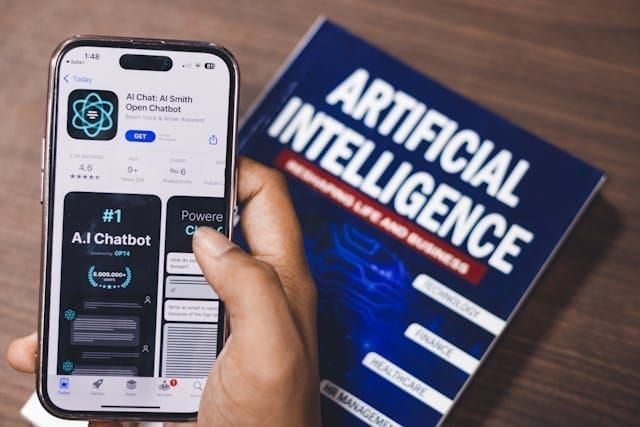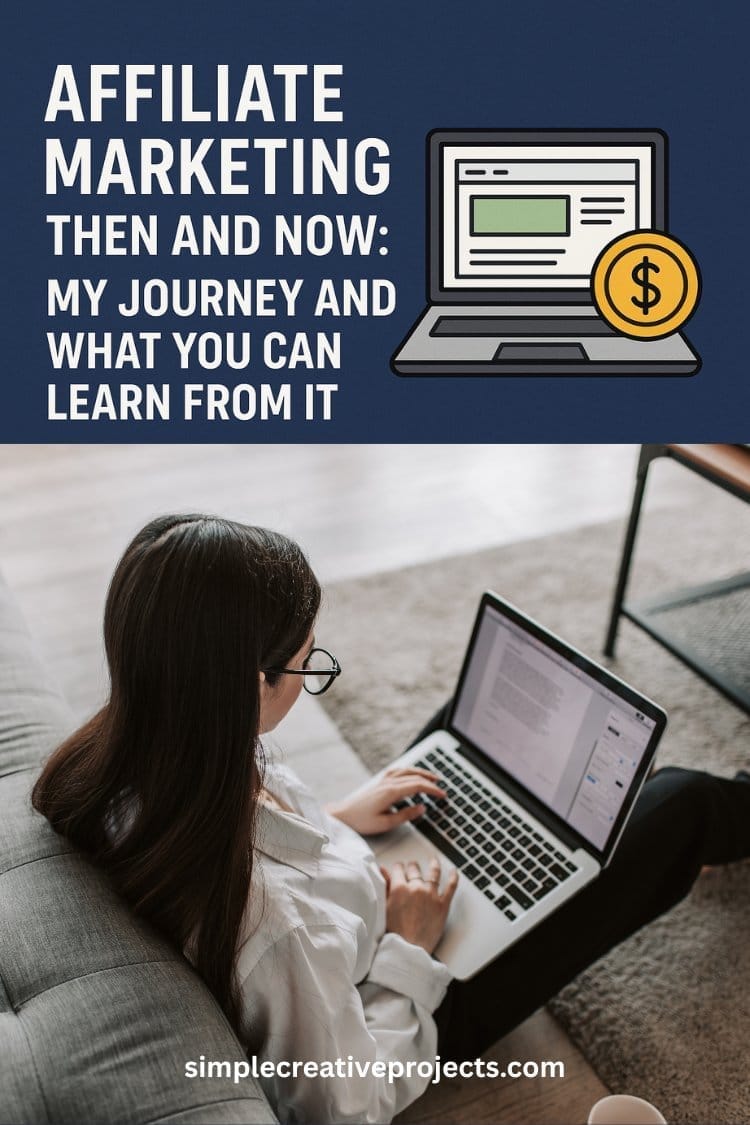
Free and Affordable Ways for People with Limited Resources to Build a Creative Online Business,
Create Multiple Income Streams, Learn AI, and Keep Learning for Life

This site includes links from a number of different affiliate programs. When you click on a link and make a purchase, we may earn a commission.
Affiliate Marketing Then and Now: My Journey and What You Can Learn From It
When I first began with Affiliate Marketing, it felt like an open door into online income. I remember the excitement of setting up my blog, writing posts about things I cared about, and slipping in a few affiliate links. Back then, that was all it took. People were actively searching for content through blogs, they valued the personal touch, and when they found something helpful, they often clicked through and bought. I would wake up and see commissions from simple posts that took only a few hours to create.
There were also small niche websites. You could focus on one specific topic, like “eco-friendly baby products” or “budget travel tips,” and write short articles with affiliate recommendations. Because the Internet was less crowded, these little sites attracted readers quickly. It wasn’t complicated. Affiliate Marketing worked because people were hungry for content and trusted the voices they found online.
But the internet never stands still, and neither did Affiliate Marketing.
When Social Media Changed Everything

As platforms like Facebook, Instagram, YouTube, and later TikTok became dominant, people stopped browsing blogs the way they used to. Attention shifted from long-form reading to quick, visual, and social content. That shift changed Affiliate Marketing in a big way.
Readers who once followed blogs moved to Instagram feeds, TikTok clips, or YouTube channels.
Search engine traffic slowed down for many blogs because people weren’t searching for articles as much.
Social media influencers began taking the role that bloggers once held, showing products in real time and building communities directly on platforms.
Suddenly, Affiliate Marketing was no longer about simply writing. It became about showing up where people were spending their time. You had to learn new skills like creating engaging visuals, speaking on video, or using stories and reels.
Then Came AI

The next big shift came with AI. Search engines began using AI-driven answers, and more people started using AI assistants to find information. At the same time, thousands of people began generating content quickly with AI tools. The internet became more crowded than ever before.
This created two challenges for Affiliate Marketers:
Content saturation. With AI, there is more content competing for attention. To stand out, you need originality, a personal voice, and trust.
Different search behavior. People don’t scroll through as many blogs. They want quick, clear answers, and they want them from sources they trust.
The Affiliate world is still full of opportunity, but it’s no longer about “set it and forget it.” You need strategy, consistency, and most of all, a connection with your audience.
What Works in Affiliate Marketing Today

If you are starting or restarting affiliate marketing today, here is what I have learned is essential:
Build trust. People buy from people, not faceless links. Share why you recommend a product and how it has helped you.
Use email. Social media algorithms change, but an email list is something you own. Share valuable tips and include your affiliate links naturally.
Choose fewer, better products. Don’t overload people with links. Focus on products you stand behind and can talk about with genuine conviction.
Show up where people are. Whether it’s Instagram reels, YouTube tutorials, or even Pinterest, meet your audience in the spaces they use most.
Educate, don’t just promote. People want more than “buy this.” They want to know how a product solves their problem, saves them time, or makes their life better.
Adapt to AI. Use AI tools for ideas, outlines, or productivity, but keep your personal voice. AI can generate content, but it can’t replace your lived experience and authentic perspective.
Use sales funnels. A funnel helps guide people from curiosity to purchase. Instead of dropping links randomly, you create a clear path. For example, offer a free resource, collect email addresses, build a relationship through helpful emails, and then recommend a product. Funnels increase conversions because they nurture trust step by step.
My Reflection
Looking back, I sometimes miss the “easy days” of Affiliate Marketing. There was less competition and more organic reach through blogs. But at the same time, the changes have made me grow. They have pushed me to become more creative, to learn new platforms, and to focus on building real relationships instead of relying on quick clicks.
Affiliate Marketing has changed, but its core truth hasn’t: people want honest recommendations from someone they trust. If you can be that person, there is still room for you.
That’s why I continue with Affiliate Marketing today. Not because it’s easy, but because it still works when you adapt, stay consistent, and focus on helping people. And when you combine authentic recommendations with a thoughtful sales funnel, you not only help your audience but also build a sustainable source of income.
My Recommended Platform
OfferLab is a platform designed for both offer creators and affiliates. If you create products, courses, merch, or events, you can easily bundle them into one seamless funnel. If you are an affiliate, you can promote these bundles or even combine your own offers with others to create a single, high-converting checkout. Everyone gets automatic payouts, and when multiple creators bundle their offers, each person benefits from exposure to every audience in the funnel. It’s a simple way to sell more, reach new customers, and manage commissions without tech headaches - all in one place.
Thank you for reading this post. Please share it.

Free Gifts For Your Online Business
Find a collection of free and paid resources for Affiliate Marketing, Digital Products, and Self-Publishing at https://www.simplecreativeprojects.com/free-gifts

Get my FREE AFFILIATE MARKETING GUIDE when you sign up for my newsletter!
Get my BEST updates delivered to your inbox. Join my email list and get my favorite content regularly. Unsubscribe anytime.

Hello, I'm Janet.
I’m a disciple and servant of Jesus Christ providing free and affordable resources to help people with limited resources or challenging circumstances build creative online businesses. I’m also a wife, mom, teacher, author, Christian Life Coach, Creative Entrepreneur, and Online Business Coach.
© 2025 Simple Creative Projects | Created with systeme.io